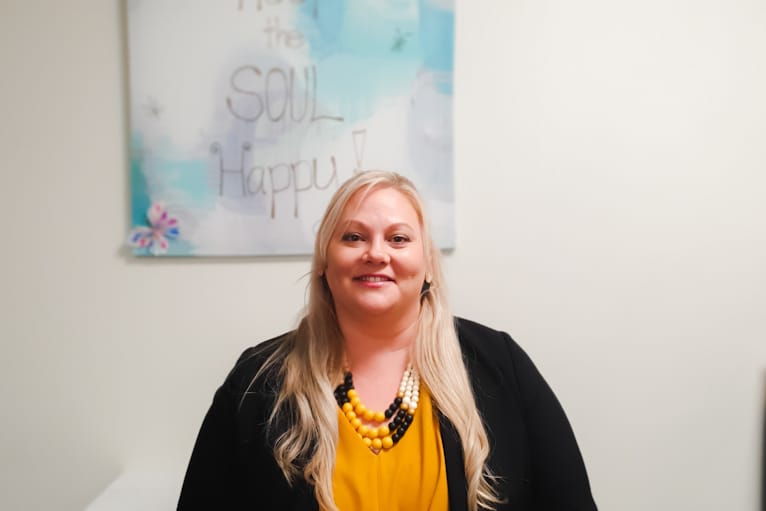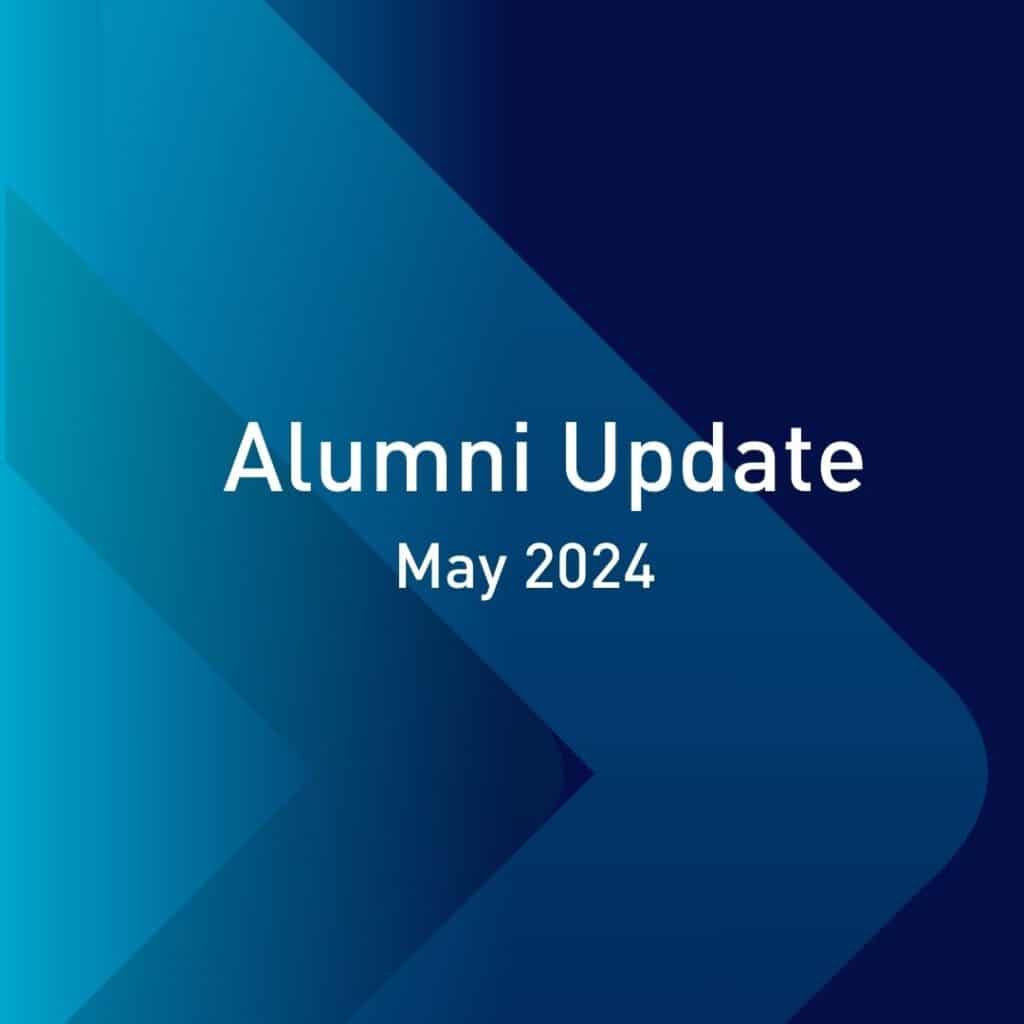Wanting to help and serve people is “ingrained” in Tanya Stevenson, who grew up watching her mum and dad volunteer in her community.
“It’s definitely family-driven … I started volunteering at age 16 as a youth mentor,” she says.
As CEO of the Hervey Bay Neighbourhood Centre (HBNC), Tanya has supported an incredible array of community-driven projects having a positive impact in her region. Last year, she was named one of the top 30 people of influence on the Fraser Coast.
But Tanya says that everything she does depends on engaged, passionate partners to make things happen.
“My leadership style is very collaborative,” she says. “It’s one of my best features – the bringing together of multiple people who can help in different ways.”
Taking part in the Australian Rural Leadership Foundation’s Leadership for our Regions Program in Queensland’s Wide Bay-Burnett region in 2019, helped Tanya hone that strength.
“The people taking part in the program were amazing, and I definitely started with some impostor syndrome … The ARLF program gave me the confidence to approach people I historically thought were too important, and too busy. 99 per cent of the time people want to be involved, and they usually know someone who can help in another area,” she says.
“It has changed the way I view a lot of fellow leaders and I’ve allowed myself to now model my own leadership on theirs. Previously I didn’t have the confidence to do that, or the knowledge of how to be a practical leader for the young people I work with every day.”
With long-term intergenerational unemployment and a high rate of teen pregnancy among the social challenges facing her region, the Hervey Bay Neighbourhood Centre tackles each issue at its roots, with community buy-in and minimal reliance on government funding.
“We have the highest youth unemployment in Queensland, and there is the assumption that our youth are just lazy,” Tanya says. “But it’s a community issue. We discovered there was no vision to work; young people hadn’t been shown a pathway other than government benefits or criminal behaviour. If you can’t see it, you can’t be it.”
Tanya’s other favourite adage, that “leaders are readers”, sent her looking into studies in Greece where a similar youth unemployment problem had intensified after the GFC.
“We looked at their research around ‘looping’. If you show a young person three separate jobs on-site, shadowing someone in those roles then they have an 80 per cent chance of wanting to get a job.”
Enter the Local Industry Futures Training (LIFT) program, which began as a three-month pilot taking young people through a 10-week structured, holistic program teaching hands-on skills and exposing them to diverse speakers in a range of roles.
“Through LIFT we have worked with 45 young people over 18 months. We have an over-83 per cent success rate with graduates finding jobs,” Tanya says.
The process of designing the program, which is currently supported by a federal grant, also identified the need for a youth first aid training component.
“We looked at the things they actually needed to know: alcohol poisoning, drug overdose and king-hit to the head concussions. They really didn’t need to know about snake bite,” Tanya explains.
“At the time I sat on a community reference group for the University of Queensland (UQ) Rural Clinical School, and I asked whether they’d consider doing a program on those three areas, delivered within a short two to three hour time frame.”
A keen group of doctors came down to develop the course, and then connected it with a virtual reality project also at UQ.
“We went from connection-to-connection and ended up turning it into a VR course, with support from the Alcohol and Drug Foundation, who gave us funding to buy three sets of virtual reality goggles.”
The first aid course (which can also be accessed on a smart phone) is now a part of the HBNC youth mentoring program. It has been delivered at Red Cross and Headspace Youth Drop-In sessions as well.
For Tanya and her team, there is huge satisfaction in identifying the seed of an idea and watching the community come together to make it grow.
“I have an amazing team and board that are insightful. They will say ‘yes, these are your new projects, now go and talk to the people that will help you out.’ Part of our work culture is that we never do anything alone.”
This ethos was recently recognised when the HBNC team won the Not-for-Profits Community and Charities award at the Fraser Coast Business and Tourism Awards, and became finalists at the Queensland Council of Social Services (QCOSS) Awards.
From a ‘Read Bears’ literacy program supporting grade one students and their families, (with over 500 bears knitted by local crafters), to a group of local business owners providing shower and laundry facilities for people in the community struggling with homelessness, Tanya can cite countless examples where her community have powered change for good.
She tells of working with property company, Stockland, who donated a playground for the new Youth and Innovation Hub, the Neighbourhood Hive, to create a relaxed, approachable space for young parents.
“We asked Rotary if they could pull apart and put the playground back together to save $15,000 in relocation fees. A consultant oversaw the build to certify it, and we only paid their travel cost,” Tanya says.
Another initiative in-tune with community needs is the Fraser Coast Falls Prevention Program, developed with Queensland Health, PHN and a host of other health services.
“A lot of first falls are fatal, and during COVID, there were isolated elderly people who were not found for a long time. We’ve had 83 at-risk elderly people go through the program, which combines occupational therapists and doctors plus social activities and entertainment at the new Urangan Community Wellness Centre.”
A social innovation pitch night run by the neighbourhood centre – “inspired by Shark Tank” – has given rise to over 40 successful community projects, all achieved with minimal or no government funding.
A voracious reader, traveller and learner, Tanya hopes one day to visit Canada’s Tamarack Institute, inspired by their research into areas affecting people’s quality of life.
“My experience with Leadership for our Regions exposed me to some incredible speakers. One of them said ‘you owe it to yourself to be the best you can be, you’re worth the investment’,” she says.
“Social innovation is the space that I love. If you want to create a better community, you have to believe that one person can make a difference.”








